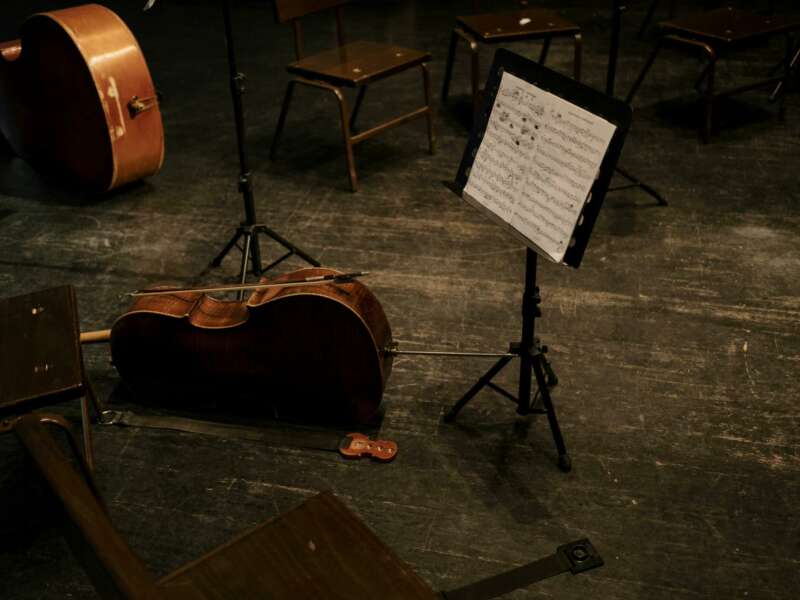French Researchers Make Detailed X-Ray Scan of "Il Cannone" Guarneri
The scans may help to uncover the secrets behind the instrument's sound, and will also preserve its original structure
Researchers at the European Synchrotron Radiation Facility (ESRF), a particle accelerator hosted in Grenoble, France, have made a highly detailed x-ray scan of the 1743 "Il Cannone" Guarneri violin. From the scan, they will create a 3D model of the violin which people can zoom into — down to a micron, or millionth of a meter.
The scans mapped the instrument right down to the cellular structure of its wood, and researchers hope this will help them uncover the secrets behind its famous sound.
In order for the research to be undertaken, the violin had to be moved from the Italian city of Genoa to Grenoble, and for this purpose, it was insured at 30 million euros.
The "Il Cannone" violin has gained particular notoriety as the favorite instrument of Niccolò Paganini — with the "cannon" moniker deriving from Paganini's own description of the instrument's sound. He played the violin for decades, and upon his death in 1840, the instrument was left to the city of Genoa.
"The first goal is conservation," said ESRF researcher Paul Tafforeau. "If ever any flaws need repairing, we will have all the details. It's an exceptional instrument in terms of its sound qualities. With this data, we hope to better understand why."
The researchers were careful to "exercise extreme caution, or abstain altogether [where necessary]," said Alberto Giordano, a curator of precious instruments in Genoa.
"I get older, but the violin stays the same, and that's the way it should be," Giordano added. "Just like the picture of Dorian Gray, it stays fresh as a rose."
june 2025
july 2025





































